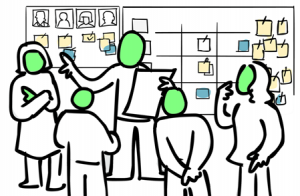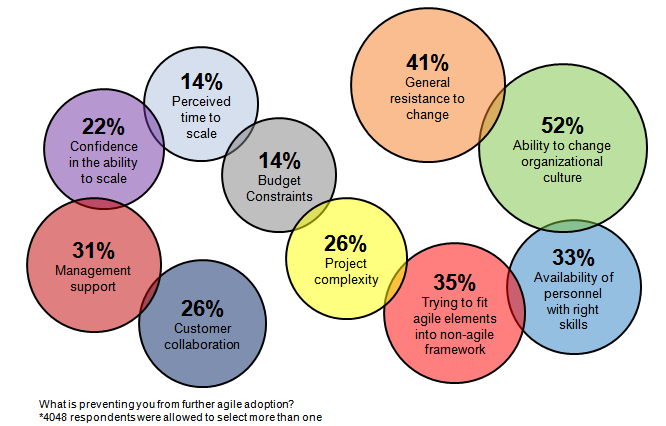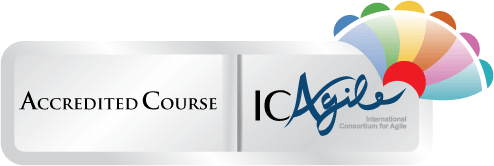What do some vegetarians and some agilists have in common? It sounds like the setup of a bad joke, doesn't it? Actually, some believe their practice is best and you are wrong for doing things differently. Well, at least that's my first hand experience. Over the weekend, I overheard a conversation while we were dining out.
So-and-so isn't a real vegetarian. She eats fish.
It was a little deja vu to me. Just days earlier I overheard a similar conversation.
So-and-so isn't really doing Scrum. They use a Product Owner team.
So, what's our deal? Should I stop eavesdropping on people or should we address why we get so protective of what we think of as a textbook example of something? Who's keeping score? There seems to be a fear the vegetarian police or the Agile police are going to be knocking on doors any day, demanding people stop saying they are vegetarians or agilists. Sure, I get it. You're disciplined. You're passionate about being a vegetarian or passionate about Scrum. But why do we have to be police and not ambassadors?
Vegetarians
A vegetarian diet is derived from plants, with or without eggs or dairy. Varieties include: Ovo, Lacto, Ovo-lacto, Veganism, Raw veganism, Fruitarianism,... Those with diets containing fish or poultry may define meat only as flesh from a mammal and may still identify with vegetarianism. Vegetarianism can be adopted for different reasons, including objection to eating meat out of respect for critters. Other reasons include religion, health-related, it looks cool, can't afford it, or plain old personal preference. At the end of the day, to each his or her own.
Agilists
An agilist believes in a set of values and principles (originally for software development) in which requirements and solutions evolve through collaboration between members of cross-functional teams. These teams pull work from a prioritized backlog and provide a demonstrable product increment on a regular interval. It promotes value focused adaptive planning, evolutionary development, early delivery, and continuous improvement, and it encourages rapid and flexible response to change. Agile methods can be adopted for different reasons, including the solution is not yet fully defined, our organization says we're going to follow the practices, we accept the mindset, or it looks cool. In the end, the framework or methodology really doesn't matter.
Commonality
Before you go off and point your finger at someone and claim they are not a real vegetarian or agilist, stop and think about why they are doing either. In the end, why are you doing it? Often, I see the similarities will outway the differences. I see many wanting to benefit from a practice but then have to operate within a constraint. I think that's what prevents many of us from being extremists and I'm quite happy with that. I actually like the diversity.
Perhaps there should be a 13th principal added to the manifesto.
13. Acceptance of similarities of practices over judgement of differences
As noted earlier, we need a lot fewer Agile police and a lot more Agile ambassadors.








 Though I've been doing Enterprise Agile Coaching with LeadingAgile for over a year now, I haven't been doing a lot of training (or blogging). I've been sticking to
Though I've been doing Enterprise Agile Coaching with LeadingAgile for over a year now, I haven't been doing a lot of training (or blogging). I've been sticking to